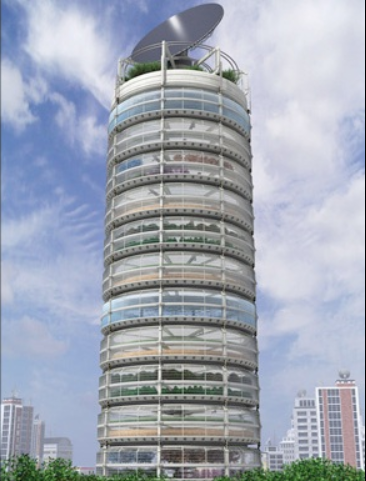back
Vertical Agriculture

Vertical agriculture is a method that involves growing plants in buildings or towers to save space. This allows for local food production, especially in urban areas, while reducing environmental impact.
The advantages of vertical agriculture are numerous:
1. Save space: By growing upwards, less land is used, which preserves natural spaces.
2. Reduce deforestation: Less traditional agriculture helps protect forests and nature.
3. Recycle waste: Vertical farms can use waste such as food scraps or wastewater to nourish plants.
4. Produce locally: This allows for fresh food close to home, without the need to transport products over long distances.
5. Improve air quality: Plants absorb CO2 and release oxygen, which helps purify the air in cities.
6. Use less water and chemicals: Vertical agriculture uses less water and limits the use of chemicals like pesticides.
7. Reduce health risks: By better controlling the plant environment, the use of hazardous chemicals can be avoided.
8. Protect biodiversity: By freeing up land for nature, this method helps preserve the habitats of animals and plants.
Plants in these farms are often grown using techniques like hydroponics or aeroponics, which do not require soil. Some farms can also raise animals like chickens or fish. This allows for year-round food production while having a lower impact on nature.

